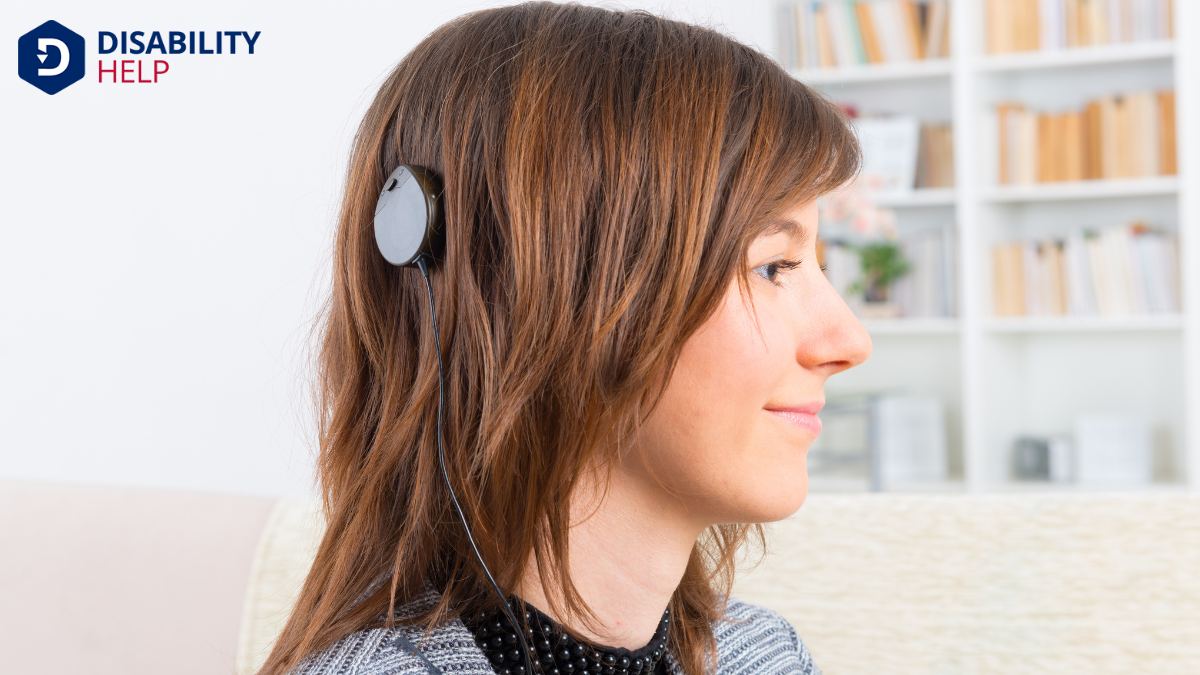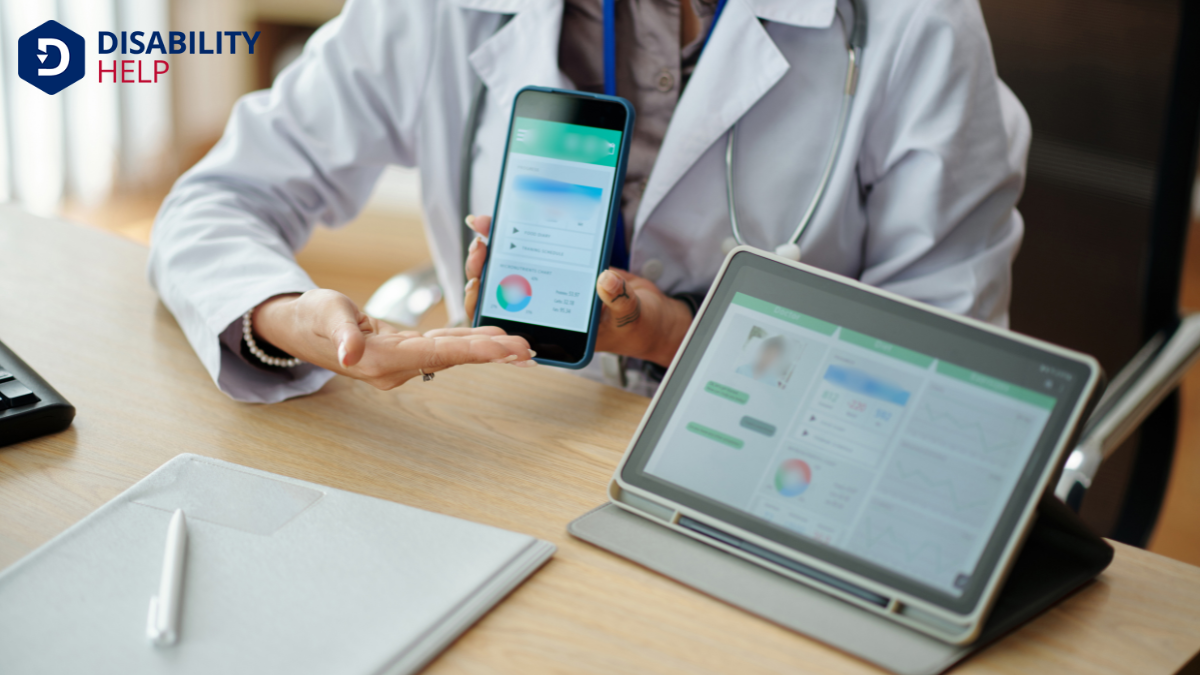When it comes to supporting those with hearing difficulties, we have a variety of hearing assistive technologies at our disposal. From advanced hearing aids that enhance speech clarity to cochlear implants offering profound assistance, the options are diverse. Personal sound amplifiers and assistive listening devices further broaden accessibilityThe design of products, devices, services, or environments to be usable by people with disabilities..... Even our smartphones can become powerful allies with hearing assistance apps. But how do these technologies truly transform everyday experiences for individuals with hearing lossPartial or total inability to hear sounds in one or both ears.?
Key Takeaways
- Advanced hearing aids improve conversations by reducing background noise and offer Bluetooth connectivity for smartphone integration.
- Cochlear implants surgically bypass damaged ear parts, converting sound into electrical signals for auditory nerve stimulation.
- Personal sound amplifiers non-invasively enhance hearing and are affordable, portable devices for mild hearing difficulties.
- Assistive listening devices include FM, infrared, and induction loop systems, transmitting sound directly to compatible devices.
- Hearing assistance apps turn smartphones into customizable hearing aids with features like real-time captioning and sound amplification.
Advanced Hearing Aids
When it comes to advanced hearing aids, we've seen incredible technological advancements that greatly enhance our ability to hear and communicate. These devices are no longer just amplifiers; they're sophisticated tools tailored to our individual hearing needs.
By incorporating digital sound processing, advanced hearing aids can differentiate between speech and background noise, making conversations clearer and more enjoyable. Features like Bluetooth connectivity allow us to sync with smartphones and other devices, bringing the world of sound directly to our ears.
Moreover, advanced hearing aids can be customized through apps, providing us with control over volume and sound profiles. Rechargeable batteries make them convenient and eco-friendly.
These innovations guarantee we remain connected with our surroundings, enhancing our daily interactions and overall quality of life.
Cochlear Implants

Although they may seem like a modern marvel, cochlear implants have been transforming lives for decades, offering a solution for those with severe hearing loss. These devices bypass damaged parts of the ear, directly stimulating the auditory nerve, allowing us to perceive sound.
Unlike hearing aids that amplify sound, cochlear implants convert sound into electrical signals the brain can understand.
We start with a surgical procedure to implant the device, connecting the external processor to internal electrodes. Post-surgery, we must undergo therapy to learn or relearn how to interpret the sounds.
Cochlear implants can greatly improve our ability to understand speech and engage in conversations, enhancing our quality of life. It’s a journey requiring commitment, but the results can be life-changing.
Personal Sound Amplifiers
Personal sound amplifiers offer a simpler, non-invasive way to enhance our hearing experience. These devices amplify sound for those of us who might struggle with mild hearing difficulties.
Unlike hearing aids, personal sound amplifiers are often more affordable and don't require a prescription. They're designed to make sounds clearer and louder, which can be especially helpful in situations where background noise is prevalent, such as in crowded places or while watching TV.
We can easily wear these portable devices, as they’re typically small and lightweight. They usually come with adjustable settings, allowing us to control volume and tone to suit our preferences.
While not a substitute for professional hearing aids, personal sound amplifiers can be a valuable tool for improving our everyday auditory experiences.
Assistive Listening Devices
Assistive listening devices (ALDs) provide essential support for individuals with hearing challenges, enhancing their ability to engage with the world.
We can think of ALDs as bridges that help connect us to the sounds we might otherwise miss. They come in various forms, each tailored to specific situations and environments.
- FM Systems: These use radio signals to transmit sound directly to a listener's device.
- Infrared SystemsAssistive listening systems that use infrared light to transmit sound to a receiver, aiding individu...: They transmit sound via light waves, ideal for theaters and cinemas.
- Induction Loop Systems: These create a magnetic field that hearing aids can pick up.
- Personal Amplifiers: Handy for one-on-one conversations in noisy places.
- TV Listening Systems: These help us enjoy television without increasing the volume for everyone else.
Together, ALDs play an important role in our daily auditory experiences.
Hearing Assistance Apps

As we explore the landscape of hearing assistive technology, we find that hearing assistance apps have become increasingly valuable in our toolkit. These apps transform our smartphones into powerful hearing aids, providing customizable solutions for various hearing needs.
They offer features like real-time captioning, sound amplification, and background noise reduction, making everyday conversations and experiences more accessible.
Some apps connect directly with hearing aids, enhancing their functionality and offering personalized settings. Others stand alone, using our phone's microphone to pick up and amplify sounds.
For those of us who struggle with hearing in noisy environments, these apps can be a game-changer, providing clarity and confidence. By leveraging technology we already have, hearing assistance apps offer practical solutions right at our fingertips.
Conclusion
In exploring hearing assistive technology, we've seen how advanced hearing aids and cochlear implants transform lives by enhancing sound clarity and communication. Personal sound amplifiers offer an affordable solution for those with mild hearing issues, while assistive listening devices like FM systems and induction loops make public spaces more accessible. Plus, our smartphones can become powerful allies with hearing assistance apps. Together, these technologies empower us to bridge communication gaps and enrich our auditory experiences every day.






